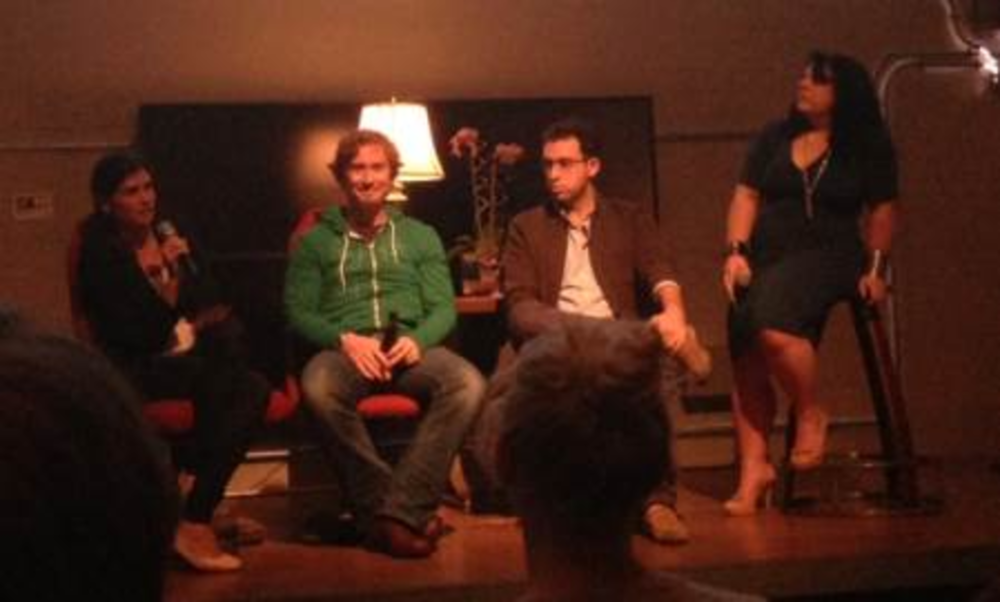Silicon Valley startups and digital agencies may share a lot when it comes to creativity, work culture and a rebellious attitude, but that doesn’t mean they’ll be working together anytime soon.
At a recent panel discussion in San Francisco organized by digital agency Huge, speakers from three Silicon Valley startups talked about their early growth challenges and marketing budget constraints. The talk, titled “Promoting Post Launch” was moderated by Huge’s managing director in San Francisco Alison Grippo. The panelists were Michael Preysman, founder and CEO of Everlane, Adam Fishman, director of growth at Lyft, and Jamie Viggiano, head of marketing at TaskRabbit.
The panelists all agreed that while startups were focusing more on marketing now than ever before, they still weren’t willing to spend a ton of money on it. They said restricted budgets were one of the biggest reasons why startups weren’t likely to work with digital agencies, and they had to come up cheaper alternative marketing tactics.
“We don’t do paid marketing” said Preysman, whose company Everlane designs and manufactures high end clothing. “We’re big believers in offline marketing, such as word-of-mouth referrals, pop-up shops or exclusive events with viral invites.”
Word-of-mouth was especially important for TaskRabbit, a platform where users can hire people to run errands or do odd jobs for them. Viggiano, who heads the startup’s marketing efforts, said personal referrals were critical to people using the business, since it was so dependent on letting strangers into their house, or using their property. As for hiring outside marketing help, she said it wasn’t likely until the startup grew to a certain level. Otherwise it was likely to be viewed as a “bloated budget.”
“As a brand gets bigger, and is willing to spend a little more money, there’s value in bringing in an agency,” said Viggiano. “But if you’re just a scrappy startup, there is zero incentive to do that.”
As director of growth for Lyft, Fishman agreed there was value in working with outside agencies in order to generate new and creative ideas. But so far he hadn’t been too impressed with them. “We get pitched by a ton of agencies,” said Fishman. “But then they’ll do something silly like not take Lyft to the meeting, or not research how our product works.”
When it came to marketing software, free and easy were the top criteria for usage. Fishman and Viggiano both recommended Google Analytics for basic website statistics. For mobile screen testing, Viggiano mentioned TapSense, while Fishman recommended Optimizely for A/B testing.
Another topic of discussion was the use of social media. Preysman said very few companies use social media to actually grow the brand. Most of them, he said, use it just to maintain the brand’s image, or for customer service. For Fishman and Lyft, social media was a retention tool, and a way to mobilize Lyft advocates. “We use social media to get the word out about Lyft when we need the support of our community,” said Fishman, referring to the several tangles Lyft and other ride-sharing platforms have gotten into with taxi unions and local policy-makers. “We don’t have a lot of people working on it, so they don’t sleep very much,” he added.








